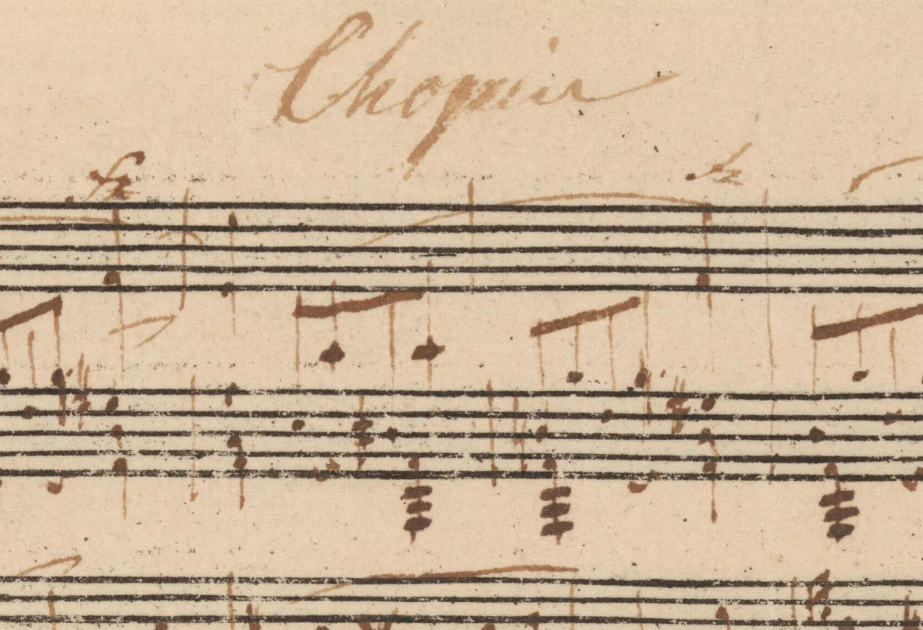An unknown waltz believed to be by the Polish composer Frédéric Chopin has been unearthed in a library vault in New York, nearly 200 years after it was written, according to Euronews.
Curator Robinson McClellan was sifting through a collection of cultural memorabilia in the vault of the Morgan Library and Museum in Manhattan when he discovered a small, pockmarked manuscript. In the top right corner, was a familiar handwritten name: Chopin.
“I thought, ‘What’s going on here? What could this be?’ I didn’t recognise the music,” McClellan told the New York Times.
He turned to Jeffrey Kallberg, a leading Chopin scholar at the University of Pennsylvania, for assistance in confirming the manuscript’s origins.
“My jaw dropped,” Kallberg told the paper. “I knew I had never seen this before.”
Following an in-depth investigation into the paper, ink, handwriting, and musical style – the penmanship and doodling on the manuscript was found to be typical of Chopin, for example – the Morgan Museum has confirmed that the piece is an unknown waltz by the renowned Polish composer.
“We have total confidence in our conclusion,” McClellan said of the landmark discovery, the first of its kind in over fifty years, although reports of newly discovered masterpieces are often met with scepticism in the classical music world.
The rare manuscript is dated between 1830 and 1835, when Chopin was in his early 20s.
Star pianist Lang Lang, who recently recorded the waltz for the New York Times at Steinway Hall in Manhattan, described the piece as “authentic Chopin”, noting that the jarring opening evokes the harsh winters of the Polish countryside.
“This isn’t the most complex music by Chopin,” he told the paper, “but it embodies one of the most authentic Chopin styles you can imagine.”
Chopin, primarily a composer of piano solos, passed away at the age of 39 in France in 1849.

















.png)



